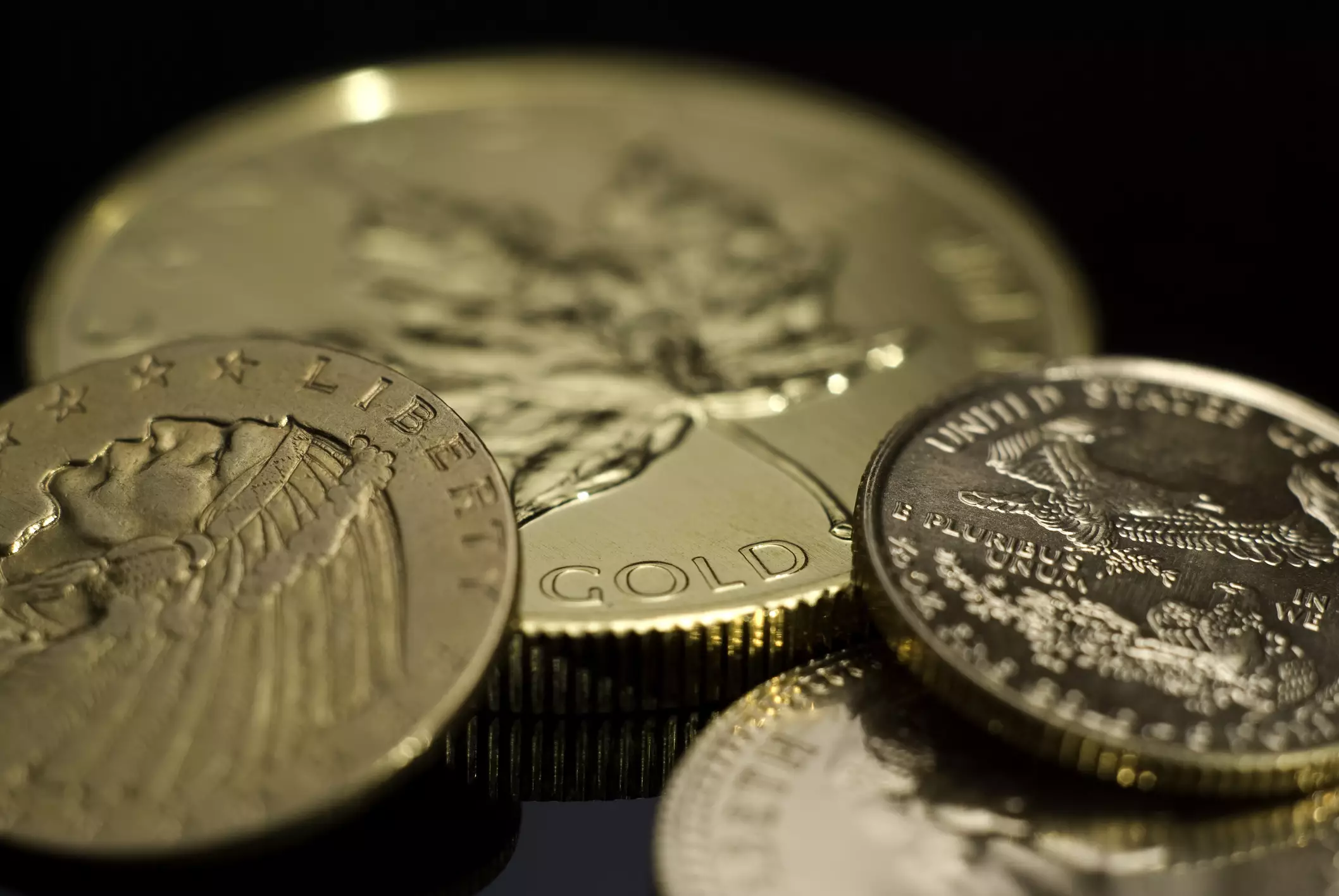In a market characterized by volatility and unpredictability, gold has emerged as a beacon of stability. Recent developments surrounding potential tariffs proposed by the U.S. administration have ignited a renewed interest in this precious metal. As speculation mounts, investors are caught between anxiety and opportunity; the question looms large: will gold maintain its upward trajectory amidst swirling recession fears triggered by governmental decisions?
The anticipation surrounding imminent tariff announcements is palpable, with President Trump’s declaration highlighting that tariffs may extend to nearly all trading partners. This broad-brush approach is currently stoking fears of a trade war that could spiral into a recession. Investors, navigating this uncertainty, are increasingly turning to gold as a safe haven. Adding fuel to the fire, market analysts are bracing for significant fluctuations in gold prices as details on tariffs unfold throughout the week.
Market Sentiment: A Double-Edged Sword
Gold’s prices surged over the weekend, opening at record levels and enticing investors who view it as a refuge from the chaos stirred by economic policy. Yet, with this optimism comes an inherent risk often encapsulated by the phrase, “buy the rumor, sell the fact.” The fear is that if tariff proposals fail to meet market expectations, a selloff could occur. Such occurrences are not uncommon in the realm of commodities, where speculation often drives initial price spikes only to be followed by abrupt corrections.
In the past, the Trump administration has exhibited a tendency to reverse or alter its policy announcements. This inconsistency raises questions regarding the sustainability of gold’s current rally. If forthcoming tariff rates differ from what markets are anticipating, it could prompt a reactionary selloff that contrasts sharply with current bullish sentiment.
Recessionary Fears and Economic Indicators
The looming specter of a recession is particularly pertinent in this climate. Economic analyses indicate a worrying trend: Goldman Sachs recently revised its estimates of recession probability to 35%, a considerable rise from earlier projections. They foresee the administration’s announcement of reciprocal tariffs as a significant precursor to economic contraction, which could limit the Federal Reserve’s maneuverability concerning interest rate adjustments.
Economic indicators released last Friday further solidified these fears. Core inflation unexpectedly surged in February, while consumer spending did not meet projections. This divergence signals that while inflation rises, consumption—which directly impacts economic growth—is faltering. The short-term consequences for the economy create an environment where gold is not simply a commodity; it becomes a strategic asset as investors seek to shield their wealth from inflationary pressures and an uncertain economic landscape.
Technical Analysis: The Path Forward for Gold
From a technical analysis perspective, gold’s rally has encountered key resistance points, notably around the $3125 mark. This breakout level is crucial; maintaining above this threshold will signify continued bullish momentum, while failure to do so may trigger profit-taking and a potential downturn. Current support levels at $3100 and $3083 are critical areas to monitor, as they could determine the market’s immediate direction.
Indeed, historical data illustrates that when gold breaches these levels, it often sets the stage for further advances or declines, making the upcoming days pivotal for investors. The interaction between market sentiment and technical indicators remains an essential aspect for those invested in gold, providing insights into potential price movements.
In this complex tapestry of economic indicators and investor psychology, the situation is fluid. Gold’s ascent may well continue if economic conditions favor a safe haven, yet the risk of volatile corrections remains ever-present. As traders navigate this intricate environment, the weeks ahead promise to test the resilience and strategy of both new and seasoned investors in gold. The intricate dance of tariffs, economic data, and market psychology all contribute to a narrative that is far from static, evolving with each new announcement and economic revelation.

